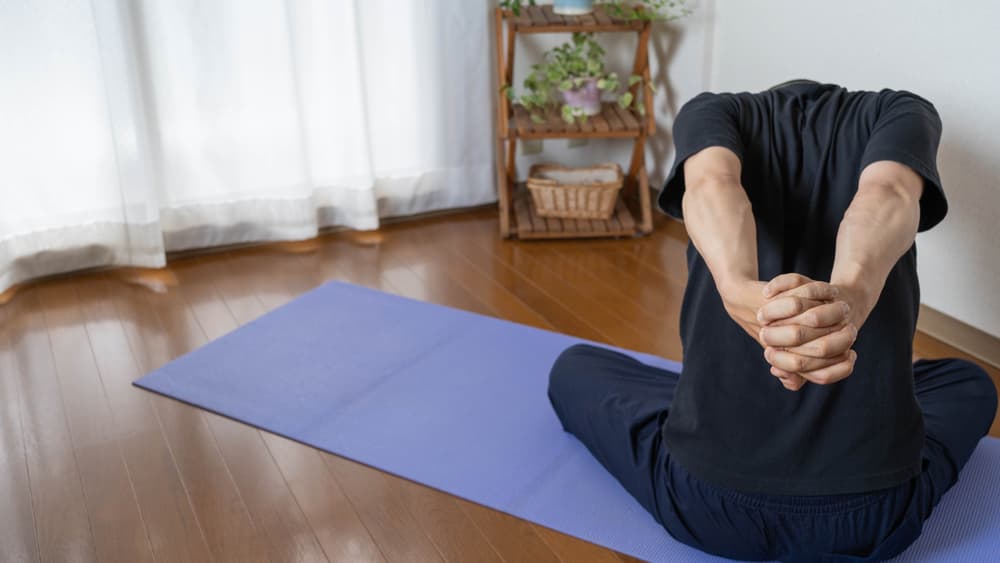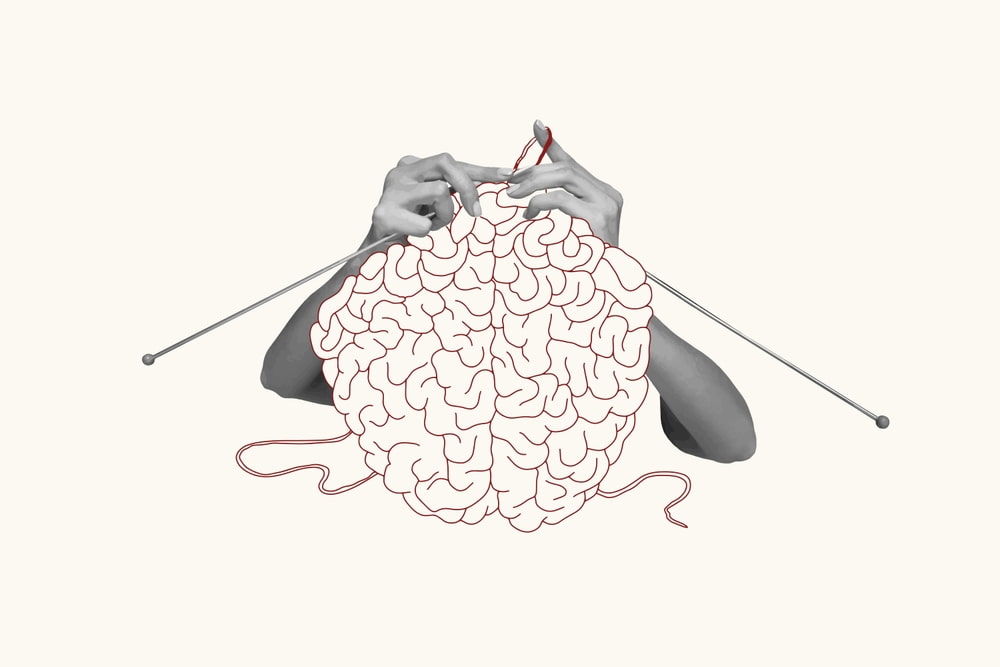How to stop shaking from anxiety


According to Harvard Medical School, controlling your breathing can help calm your nervous system, which can help reduce shaking.
Anxiety can have a variety of effects on your body and mind, with a common symptom being shaking or trembling hands and feet. This shaking can start suddenly and make you feel uneasy as if you’ve lost control of yourself. It’s basically the brain’s “fight or flight” response, which prepares your body for danger. However, in the long run, this response can disrupt your normal life. Fortunately, some effective techniques and habits can help you control your shaking. Regular breathing exercises, staying mentally present, and living a healthy lifestyle can all help you gradually reduce your anxiety-related shaking. In this article, we’ll learn how to deal with this problem in some simple ways.
How to Stop Shaking from Anxiety
Deep Breathing Exercise
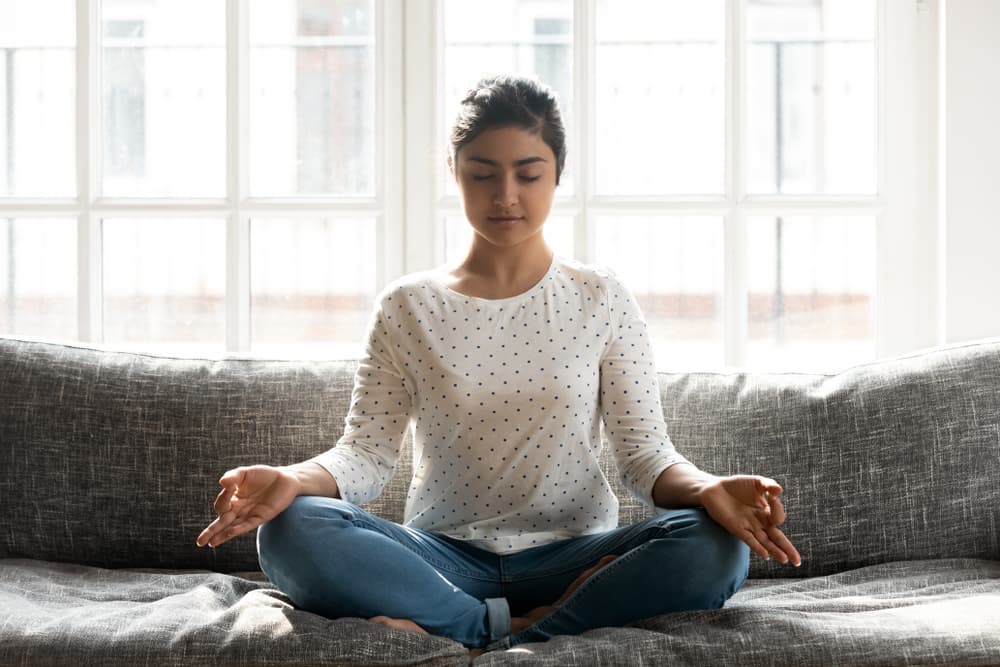

Deep breathing exercise is a simple but very effective way to reduce anxiety. When we are anxious or stressed, our breathing becomes rapid and shallow, which increases our body’s tension. In these situations, breathing slowly and deeply calms the nervous system and reduces body tremors. A popular technique is the “4-7-8 method”—inhale for 4 seconds, hold for 7 seconds, and exhale for 8 seconds. Doing this exercise several times a day can help both the body and mind calm down. It is also very effective in addition to breathing slowly through the nose and breathing out through the mouth. This practice can help maintain your mental well-being and can also help you quickly control tremors when you suddenly feel anxious. If practiced regularly, it becomes a natural calming technique.
Use grounding techniques
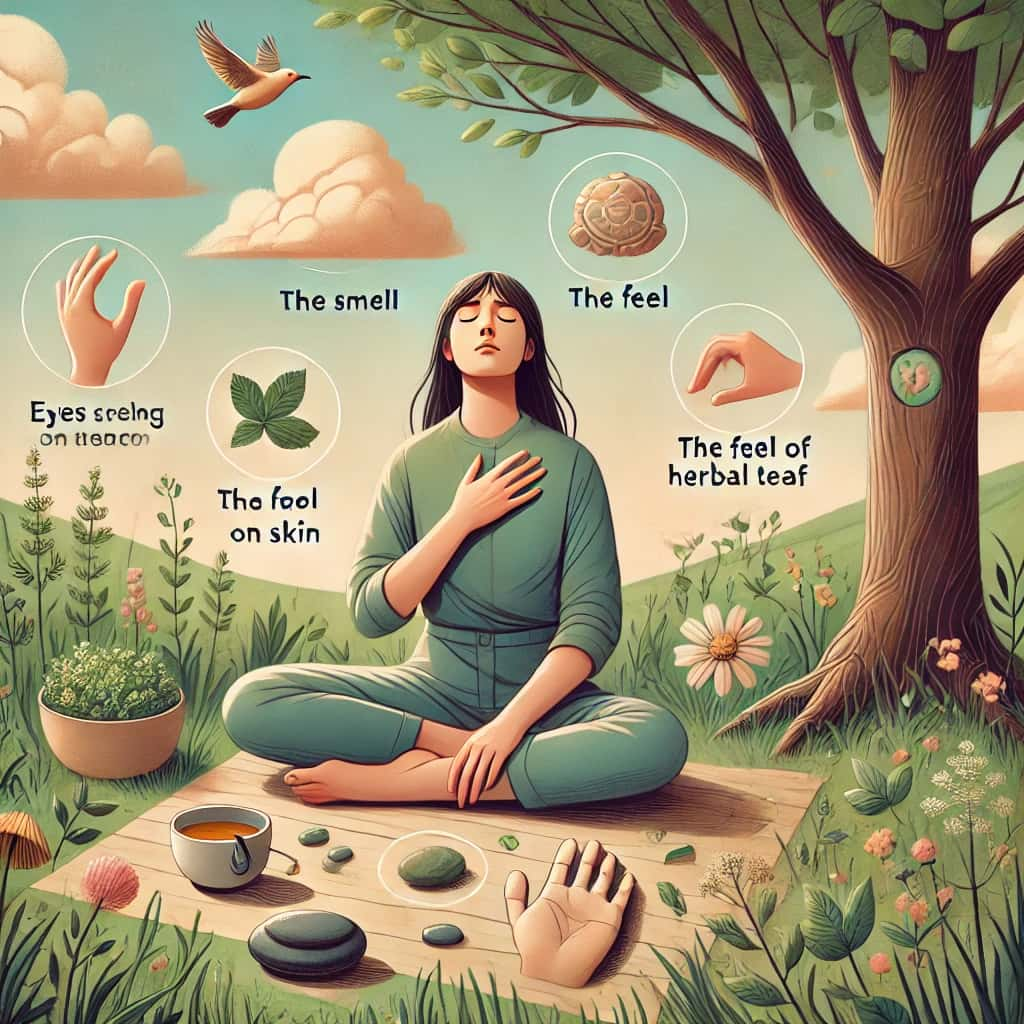

The grounding technique is an effective way to get rid of excessive worry, fear, or panic in the mind. It brings our mind back to the present and helps us connect with our body and environment. During times of anxiety, the mind is distracted by thoughts of the past or the future, and the grounding technique takes the mind away from those thoughts and brings them to the present moment. The most popular method is the 5-4-3-2-1 Senses Technique. In it, you—
1) see five things,
2) touch four things,
3) hear three sounds,
4) recognize two smells,
5) taste one taste.
This exercise works quickly to reduce anxiety-related tremors and restlessness. Many therapists also recommend it because it is easy and can be done anywhere. Regular practice increases mental control and reduces stress reactions.
Light exercise or walking
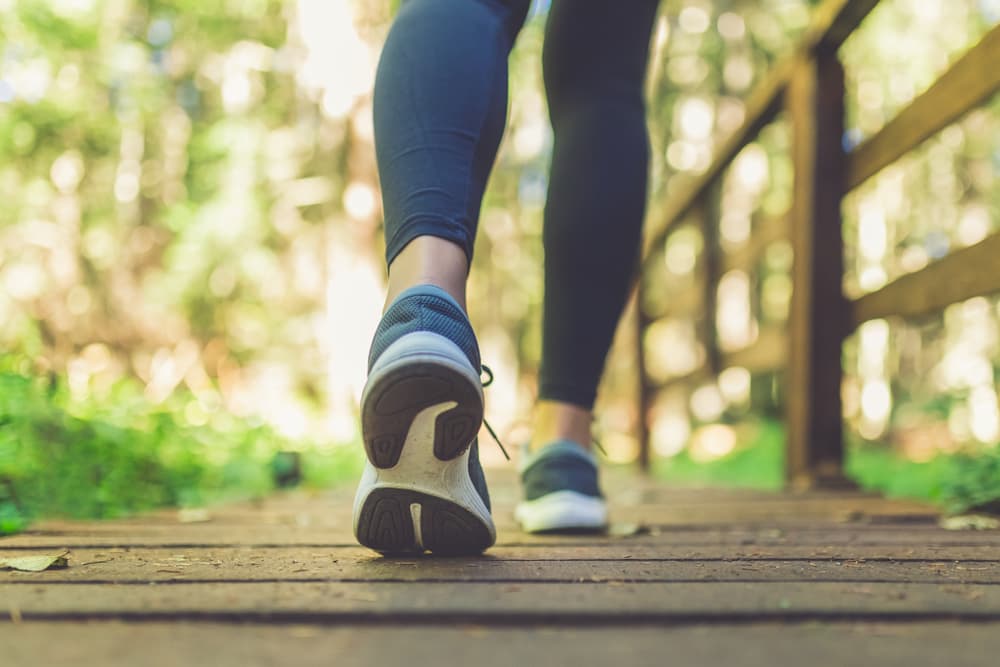

Light exercise or walking is a natural and effective way to reduce anxiety-related tremors. Studies have shown that physical exercise releases a feel-good hormone called ‘endorphin’ in the brain, which calms the mind and reduces stress. When you walk or do light exercise, the excess adrenaline stored in the body is used up, reducing tremors and restlessness. Even just 10–15 minutes of brisk walking can help improve mood and reduce stress.
If you want, you can walk barefoot on the grass in the morning or afternoon, which further enhances mental peace. Regular light exercise, such as stretching, yoga, or moving your body, keeps your nervous system calm. The best part is that you don’t need to go to the gym for this; you can start at home. So walking can be your simple yet powerful companion to reduce anxiety.
Regular meditation and mindfulness


Regular meditation and mindfulness practices are very effective in reducing anxiety-related tremors and mental restlessness. Meditation means keeping the mind calm and paying attention to your breathing for a certain period, which calms the nervous system. On the other hand, mindfulness is being fully present in the moment—consciously understanding what you are doing, where you are, and what you are feeling.
”Studies have shown that just 10 minutes of meditation a day can reduce cortisol and calm the mind.”
You can start by sitting in a quiet place, closing your eyes, and slowly breathing in and out. Regular practice gradually reduces the anxiety response and helps control tremors, tension, and anxiety. It is easy, free, and has great benefits for long-term mental well-being.
Avoid caffeine and sugar


It is very important to avoid caffeine and sugar to reduce anxiety-related tremors. Caffeine stimulates the nervous system, which can increase heart rate, tremors in the hands and feet, and increase anxiety. Many times, after drinking coffee on an empty stomach in the morning, the mind is restless, and the body is shaky. Although sugar or sweet foods provide instant energy, they cause sudden fluctuations in blood glucose, which can cause shaking and mental instability in the body. This effect is especially greater in those who already suffer from anxiety.
Instead, you can opt for caffeine-free herbal teas and naturally sweetened foods. Being aware of your eating habits will help your body and mind stay more stable and will greatly reduce anxiety symptoms.
Ensure good sleep


Ensuring good sleep is very important to reduce anxiety-related tremors and mental instability. Sleep reactivates and calms our brain and nervous system. Suppose we do not get enough sleep; cortisol increases, which increases anxiety, irritability, and the tendency to shake the body. Adults need at least 7-8 hours of deep and uninterrupted sleep every day. Going to bed at the same time every day, avoiding mobile phones or screens before bed, and reducing the light in the room is beneficial. In addition, avoiding heavy meals or caffeine at night helps to improve the quality of sleep.
If you want, you can develop a habit of light meditation, slow breathing, or listening to calm music before going to bed. Regular good sleep keeps the body and mind stable and greatly reduces anxiety-related tremors.
Talk or seek help


Talking openly with someone or seeking professional help is a very effective step in overcoming anxiety-related tremors and mental instability. Sometimes, we think that telling someone about our inner turmoil will reveal weakness, but in reality, talking to someone can reduce the burden on the mind a lot. You can share your feelings with a trusted friend, family member, or spouse. Even just having someone to listen can provide mental peace.
However, if the anxiety is too much and the shaking or anxiety is affecting daily life, then you should seek help from a therapist or counselor. Experts can help reduce anxiety through Cognitive Behavioral Therapy or other therapy methods.
Asking for help is not a weakness—it is a courageous step to take to feel better. Remember, you are not alone.
Where to Go From Here
Anxiety tremors are a normal physical reaction, but they can be uncomfortable and cause problems in daily life. Fortunately, it is possible to control this tremor with the right techniques and some healthy habits. Deep breathing, grounding techniques, light exercise, regular meditation, and adequate sleep are simple ways to calm the mind and calm the nervous system. Avoiding caffeine and excess sugar and seeking help from a friend or therapist if necessary are also very helpful. The most important thing is not to be ashamed of your anxiety and tremors; instead, take care of yourself and move forward with patience. Over time and with regular practice, you will be able to keep yourself healthy and in control. Remember, achieving mental health is possible, albeit step by step.




